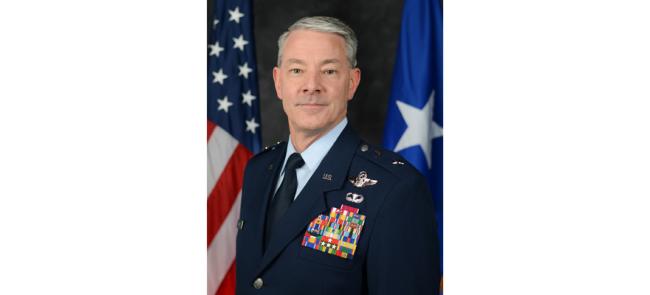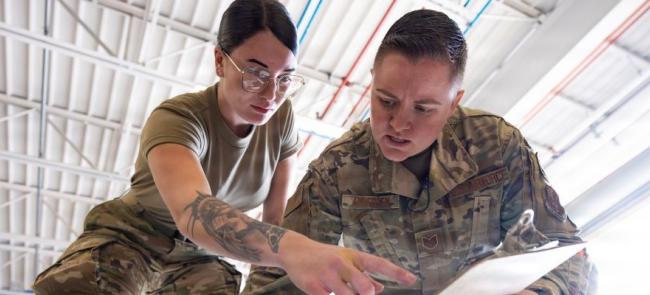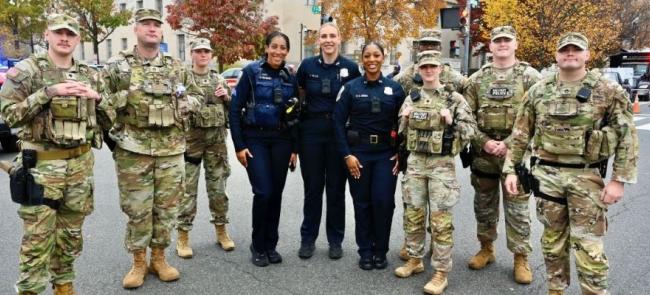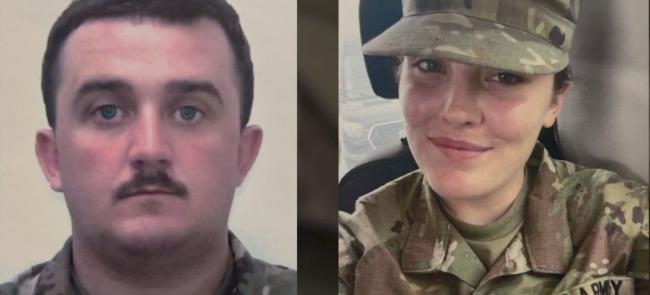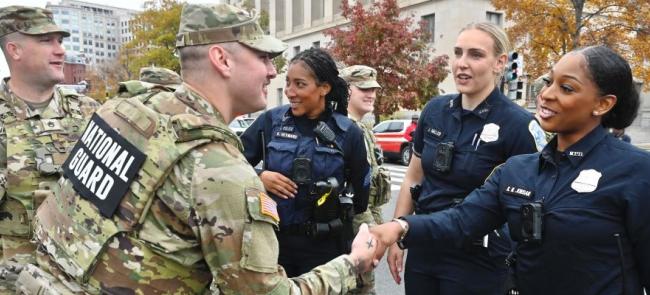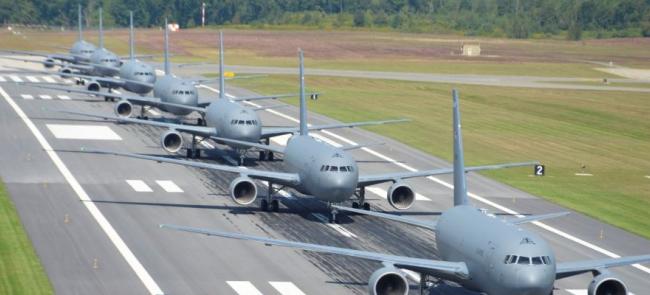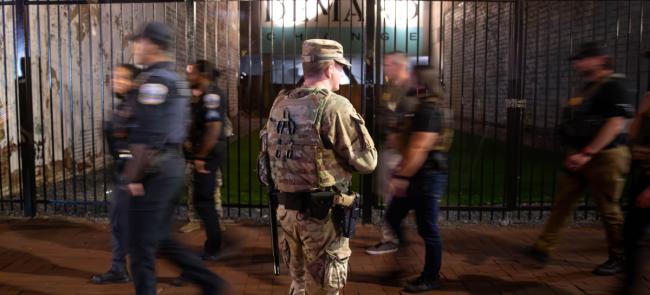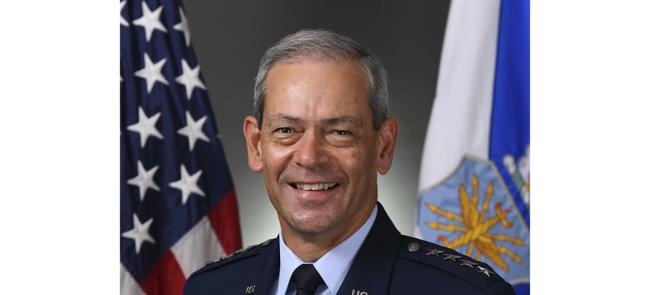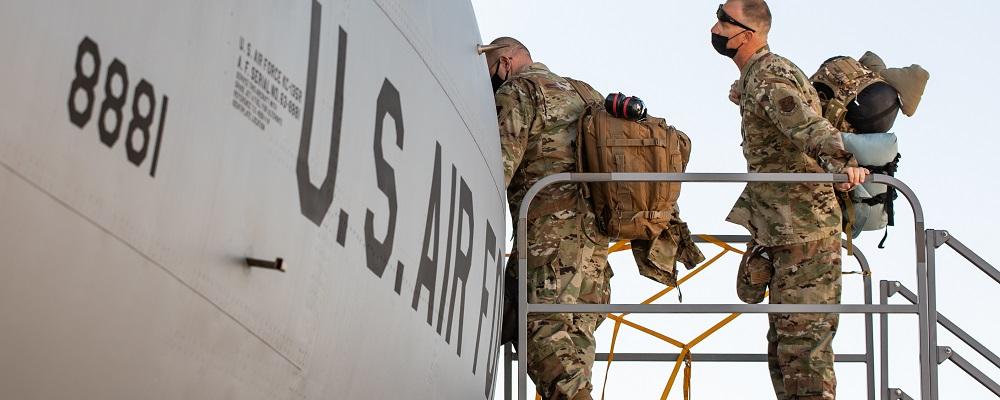
Air Force leaders have outlined a new force generation model, a 24-month cycle composed of four, six-month readiness phases.
The model, expected to replace the current Air Expeditionary Force construct in fiscal 2023, is meant to better balance combatant commander needs while building high-end readiness for the future, officials said.
“Under the current AEF construct, we’ve lacked the ability to present an easily understood model that reflected all facets of airpower and the ability to clearly articulate readiness impacts,” said Air Force Chief of Staff Gen. Charles Q. Brown Jr. “After nearly two decades of demanding rotational deployments, we are shifting to a model that builds high-end and sustainable readiness toward future missions by balancing elements of current availability, modernization and risk.”
The four phases will be:
- Available to Commit – Similar to the current normal deployment phase. Airman have achieved peak readiness and are either deployed or ready to deploy.
- Reset – A unit returns from deployment or is removed from the Available to Commit phase and is now focused on reintegration and reconstitution. Airmen reintegrate with families, take post-deployment leave and get back to basic proficiency.
- Prepare – A unit builds toward peak readiness while shielded from deployment. Airmen complete advanced upgrade training and multi-mission unit package training.
- Ready – Units come together from multiple wings to train and complete certifying events such as flag exercises, Neptune events, Weapon School Integration and other large force exercises.
Officials said the four phases balances trade-offs between short and long-term elements of readiness, such as modernization, stabilizing manning and resourcing units. It will also provide more predictability.
It comes after a review of force readiness found the use of airpower outpaced force generation over the past 18 years, said Lt. Gen. Joseph Guastella, the deputy chief of staff for operations.
“This new model will make it easier for us to articulate available forces to the combatant commanders,” he said. “We will be better positioned to identify unintended impacts if our capabilities are being re-tasked for a different mission.”
Major Air Force commands have already begun transitioning squadrons into the new model.
“To accelerate change in defense of national security, we need to focus on building a more lethal and modern force concentrated on maximizing future capabilities,” Brown said. “The success of this model requires nothing less than a cultural shift by preserving forces as we move away from the mentality of the past toward a more sustainable model enabling the Air Force to deliver airpower … anytime, anywhere.”

